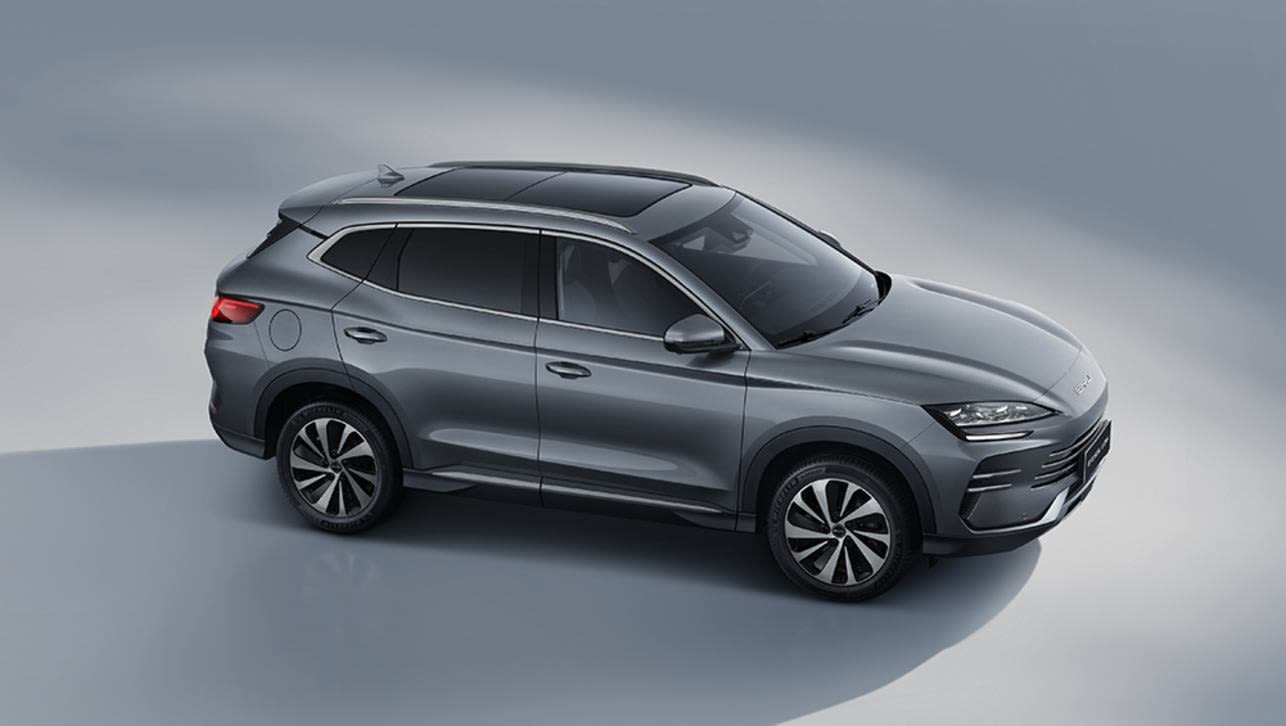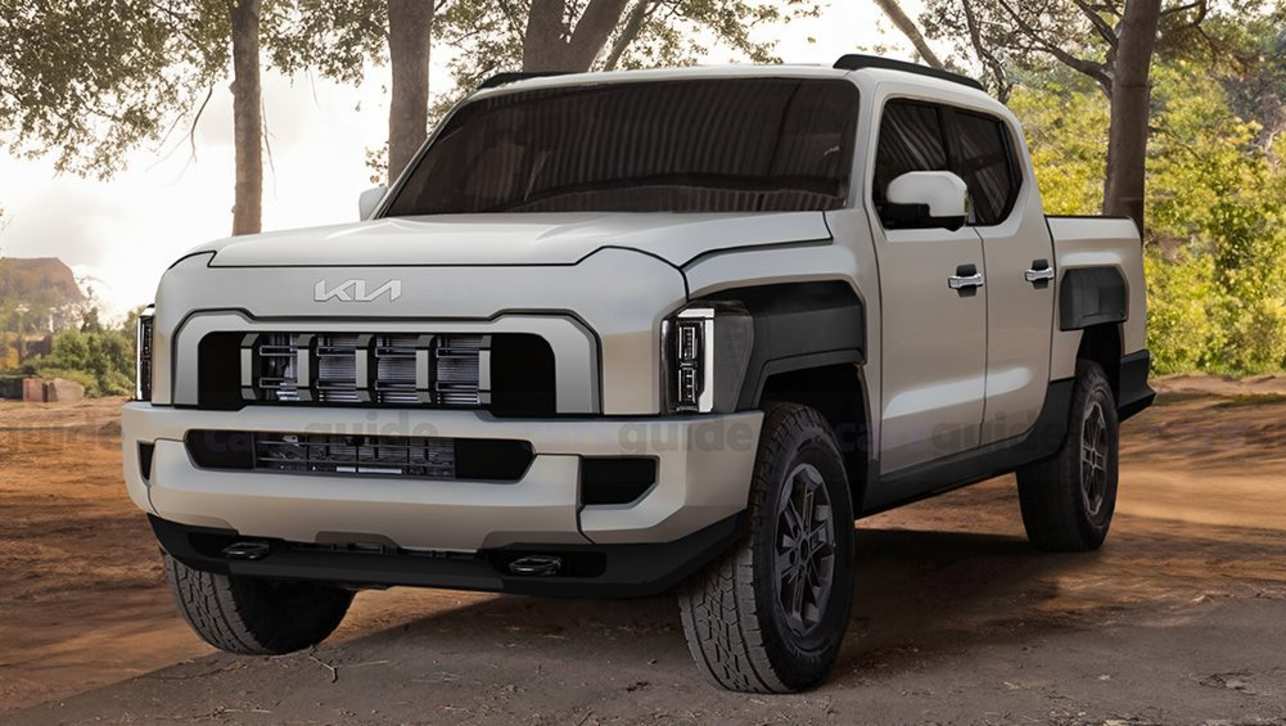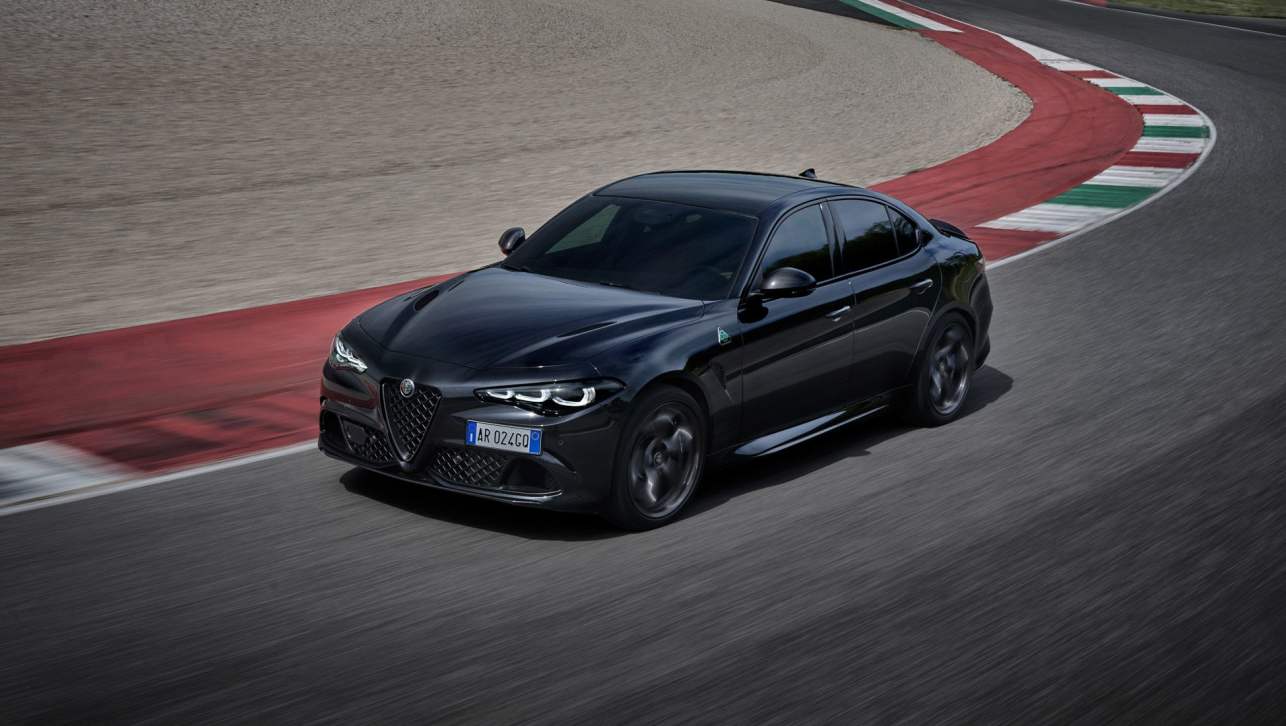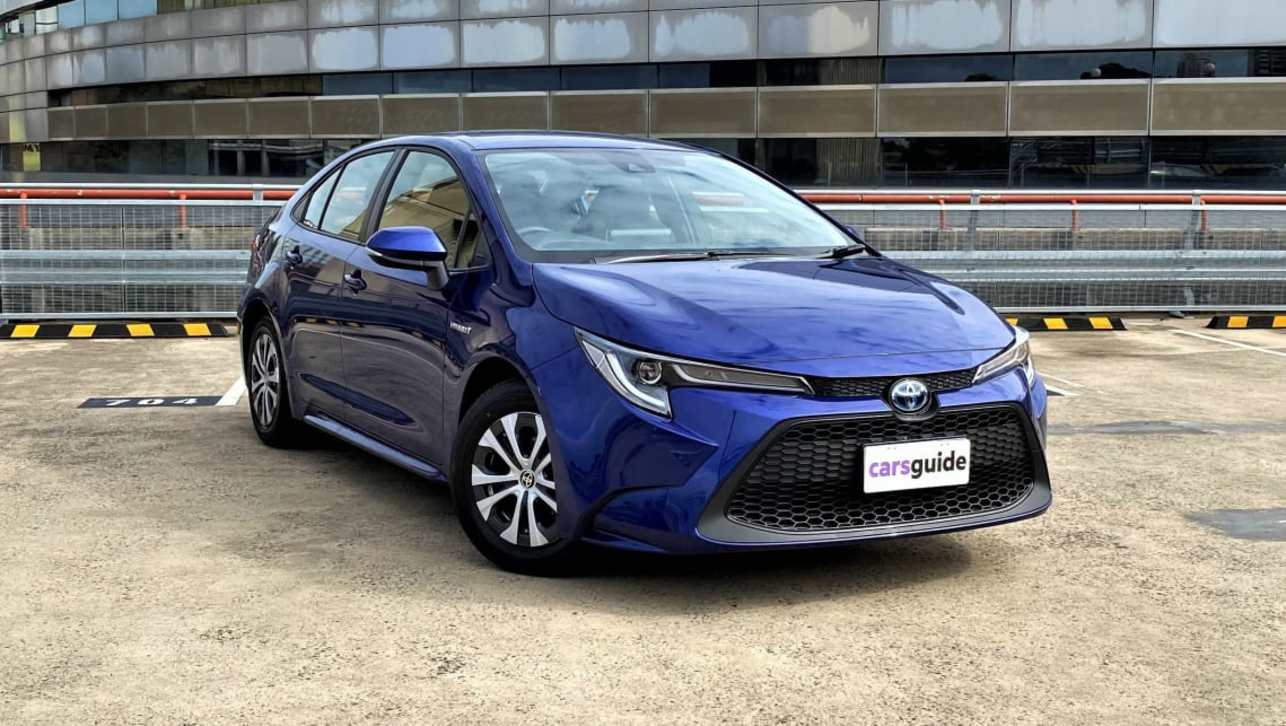Right now, Subaru executives in Japan must be facepalming over some of the reactions and comments that its vital all-new WRX has elicited since debuting last week.
Revealed an agonisingly long five years after the rest of the G5 Impreza range that it shares so much with on one hand and yet so little too on the other, the response has ranged from tepid to hostile. These included “ugly”, “too much plastic”, “not enough power”, “too few buttons” and “bring back Exiga!”.
OK, not the last one, but no matter what you think about Subaru’s styling efforts, who outside the company has actually seen the new WRX in the flesh to be able to dismiss it with such certainty? Sat inside it? Or driven it?
More importantly, are people missing the bigger picture here?
Sure. The new WRX’s looks are divisive, but they make a statement of confidence and intent, after years of conservative three-box sedan styling. That’s because the 2022 model remains surprisingly faithful to the striking Viziv Performance Concept from the 2017 Tokyo Motor Show – an exercise that garnered plenty of praise. The elegant silhouette, more harmonised proportions, signature front and rear lighting treatments, blistered wheel arches, and thick outline cladding have carried through to the production car.
That rarely happens. From showcar to showroom, Subaru telegraphed its intentions all those years ago and delivered on the promise.
.jpg)
In fact, it’s done it twice. Remember, the WRX is only the opening gambit, the modern-day, base-grade Belmont, L, Ascent, Go, S, ES, Ambiente, Evoke or Forte of the performance small-car range. The extroverted Viziv Performance Concept STI, revealed the 2018 Tokyo Auto Salon, shows how the coming STI for 2023 should step things up by filling out those wheel cavities, burdening the boot spoiler mounts with bigger wings and expanding the exhaust pipes’ girth in the way a hotshot flagship should.
Then there’s the performance. While on paper the 2022 WRX’s larger 2.4-litre boxer engine is only incrementally more powerful, everything around it is all-new or improved, from the transmissions (six-speed manual or CVT auto that is said to be a game-changer) and variable torque-distributed all-wheel-drive set-up to the far-more rigid platform, redesigned suspension and stronger, safer body.
Collectively, these are the upshot of being the second-last Subaru sold in Australia to switch to the Subaru Global Platform, leaving only the BRZ/Toyota 86 twins.
The old model’s 1989-vintage Liberty/Legacy architecture was really showing its age against much fresher competition. By beginning with a clean sheet for the new WRX, bold claims are being made about improved responses, comfort, safety and control, to better take on the likes of the Hyundai i30 N, Ford Focus ST, VW Golf GTI and Honda Civic Type R.
If Subaru can maintain the similar pricing structure of the outgoing model with the 2022 WRX, it should represent outstanding value for money among its predominantly front-wheel-drive competitive set.
.jpg)
Currently, at $40,990 before on-road costs, the WRX is among the least-expensive performance small cars on the market, with most hot-hatch alternatives heading towards the $50,000 mark. To put today's Subaru’s value in perspective against the beloved Impreza original costing $41,990 in 1994, adjusted for inflation, that translates to over $80,000 in 2021 dollars.
Speaking of previous models, the 2022 remake also represents Subaru’s best chance yet to finally break the hex of the first WRX.
Although the 1994 original proved to be a bolt-from-the-blue performance-car bargain that transcended the broader cultural consciousness due to rally domination, Gran Turismo video superstardom and ram-raiding crime infamy (immortalised albeit by a 2006 model in the 2017 film, Baby Driver), the WRX has since been stuck in the difficult “second-album syndrome” where the follow-ups fail to live up to the hype/greatness of the first.
Consequently, consumers and critics alike should manage expectations to better appreciate the 2022 WRX’s advances, especially now that – as outlined earlier with the fresh new look – Subaru has ditched the old styling and gone for progressive design themes as per the Viziv Performance concepts.
_0_0.jpg)
That said, is past baggage too much for even future WRXs to overcome?
Unique and distinctive, the original (GC) Impreza’s contoured and clean styling remains a modern classic, aided by fishbowl glass, frameless doors and balanced proportions that still resonates today. It stayed in production for eight years – almost double the usual lifespan for a Japanese brand.
However, the GD follow-up unveiled in August, 2000 proved to be an early example of internet trolling, angering purists and garnering extremely negative comments that the series has never fully recovered from, initially for its “bug-eyed” headlights and minimal power increase.
A panicked Subaru’s kneejerk reaction resulted in costly facelifts (2002’s ‘Blob-Eye’ and 2005’s ‘Hawk-Eye’) that failed to recapture the excitement of the ‘90s heyday despite improvements, with the subsequent redesign (2007 GE) being the final WRX with the Impreza prefix. Today’s 2014-vintage VA WRX is based on the 2011 GJ Impreza but shares far fewer parts in an attempt to distance the two.
Ultimately, the 2022 WRX’s success or failure depends on you – the reader, enthusiast or prospective buyer. After all, it was word-of-mouth along with glowing press that propelled the first one to cult status almost 30 years ago.
With so much that’s changed, that’s why it’s wrong to dismiss the new WRX just yet.











.jpg)
.jpg)
.jpg)
.jpg)




.jpg)
.jpg)




.jpg)
_0.jpg)




Comments